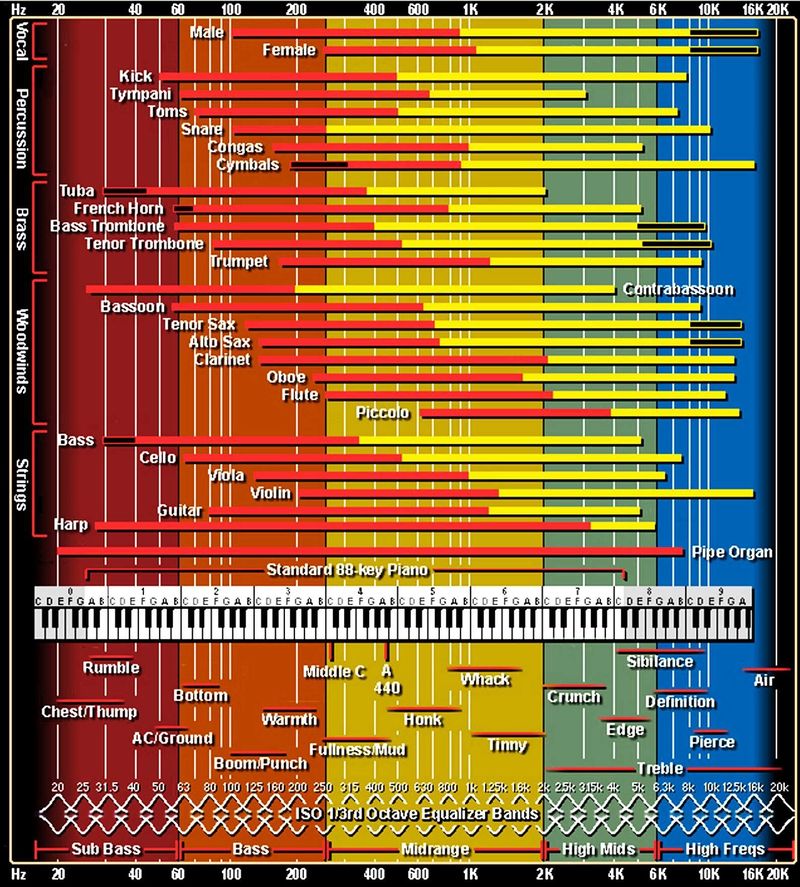This is the wiki for products made by Fractal Audio Systems, maintained by members of the community.
Difference between revisions of "Describing sound"
Jump to navigation
Jump to search
| Line 1: | Line 1: | ||
| − | A common nomenclature for describing sound can be beneficial when communicating. It ensures we're all talking about the same thing. When you say "honk" and I say "honk" if we're not both talking about the frequencies that occur between 400 and 1000 Hz on the audio spectrum we're going to have a hard time communicating. | + | A common nomenclature for describing sound can be beneficial when communicating. It ensures we're all talking about the same thing. When you say "honk" and I say "honk": if we're not both talking about the frequencies that occur between 400 and 1000 Hz on the audio spectrum, we're going to have a hard time communicating. |
| − | |||
| − | |||
| − | |||
| − | |||
Here is an excellent reference for standard audio terms to help us all communicate more clearly. | Here is an excellent reference for standard audio terms to help us all communicate more clearly. | ||
[[File:EQChart.jpg|800px]] | [[File:EQChart.jpg|800px]] | ||
| + | |||
| + | [[video:Wampler-DescribeGuitartone]] | ||
| + | [[video:JHS-GuitarToneBuzzWords]] | ||
[[category:Axe-Fx2]] | [[category:Axe-Fx2]] | ||
Revision as of 08:44, 17 August 2023
A common nomenclature for describing sound can be beneficial when communicating. It ensures we're all talking about the same thing. When you say "honk" and I say "honk": if we're not both talking about the frequencies that occur between 400 and 1000 Hz on the audio spectrum, we're going to have a hard time communicating.
Here is an excellent reference for standard audio terms to help us all communicate more clearly.
